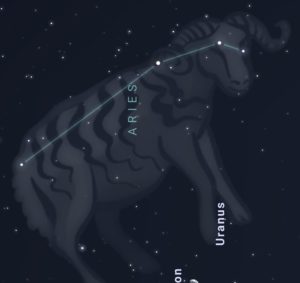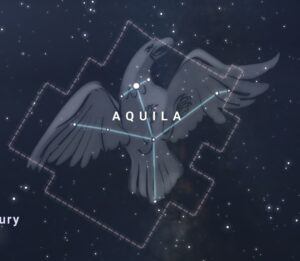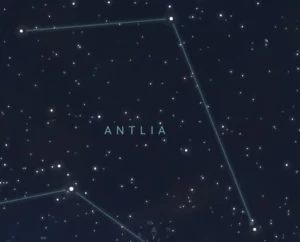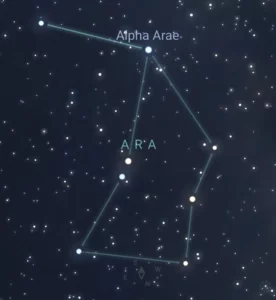
Constellation Apus
An inconspicuous constellation in the south polar region of the sky, created by German astronomer Johan Bayer in the 17th century. It is visible at latitudes between +5° and -90°, and best visible during the month of July.
Abbreviation: Aps Genitive: Apodis English name: The bird of paradise
Notable Stars in Apus
Alpha Apodis – The brightest star of the constellation, shining at magnitude 3.8.
Delta Apodis – A wide double star consisting of two orange 5th-magnitude stars separated by 103 arcseconds. Both stars are easily visible in binoculars.
Kappa-1 Apodis – A double star approximately 1020 light years from Earth. The brightest component has a magnitude of 5.4 and the companion is 12th magnitude, 27 arcseconds away.
Kappa-2 Apodis – Kappa-2 is separated by 0.63 degrees from Kappa-1. It is also a double star, consisting of two 5.6 and 12 magnitude stars separated by 15 arcseconds.
Theta Apodis – A variable star located approximately 330 light years from Earth. Its brightness ranges from magnitude 4.8 to 6.1 in a period of 109 days.
Notable Deep Sky Objects in Apus
NGC 6101 – A small globular cluster located seven degrees north of the 4th-magnitude star Gamma Apodis. It shines at magnitude 9.2, and it should be visible with a 4.5-inch telescope if you observe from a dark location.

Emil, an avid astronomy writer, formerly owned and ran nightskyinfo.com, making the universe more comprehensible for his readers. He has recently handed over its reins to Tom Urbain from starlust.org, ensuring that his legacy of simplifying the stars continues to enlighten and inspire.
Discover More Constellations 🌌
This page is part of our collection of constellation articles. If you enjoyed the read, then you’ll love the following articles.




